Photos of this huge housing complex have appeared on Tokyo Times before, but despite several visits, it remains as fascinating as the first time I saw it. The design is incredibly distinctive, plus exploring a building from 1972 that was once seen as the future, but which is now very much a part of the past, gives it added poignancy. The selection of photos below then is a mix of old and new ones, which seemed like the best approach.
Known as danchi, these government buildings (whether big or small) were a key element in the rapid, post-war growth of the capital and its surrounding areas. They helped ease a housing crisis, as well as creating homes for an increasing number of young, middle class families looking to move into the suburbs.
Partly influenced by Soviet Khrushchyovka, danchi primarily offered affordable, but at the same time modern and well-equipped apartments. Along with those modern fittings, they had the benefit of separate rooms for parents and children, although at the same time not enough space for different generations of the same family — an element that was a key factor in Japan’s gradual break with the long-held tradition of extended family members living under one roof.
The rush to build, and the similar rush of people wanting to move into these state-of-the-art concrete estates eventually peaked in the early 1970s, when the authorities officially determined that the housing crisis was over. A decision that, planned or otherwise, resulted in the slow, perhaps inevitable decline of the once fabled danchi, both in regards reputation and actual real estate.
That said, lots of these buildings still remain, and having initially moved in with their young, or soon to be young families, a considerable number of those early residents decided to stay. Nowadays though they are old, often alone, and their surroundings are generally far from ideal when it comes to the needs of the elderly. Isolation due to limited mobility and a dwindling network is an obvious problem, and along with other hardships, it has given rise to the terribly sad phenomena of kodokushi, or lonely, unnoticed deaths.
And yet at the same time, renovation and upgrades of these properties, both by government and independent organisations, has given them new life. Without some of the often eye-watering upfront costs of renting privately owned properties, they provide decent homes with good access to schools, local facilities etc, making them ideal places for a new generation of young families and those moving to the city. Some buildings also have comparatively large foreign populations, once again putting them at the forefront of social change. So while still very much a part of the past, this incredible structure may once again play a part in Japan’s future.
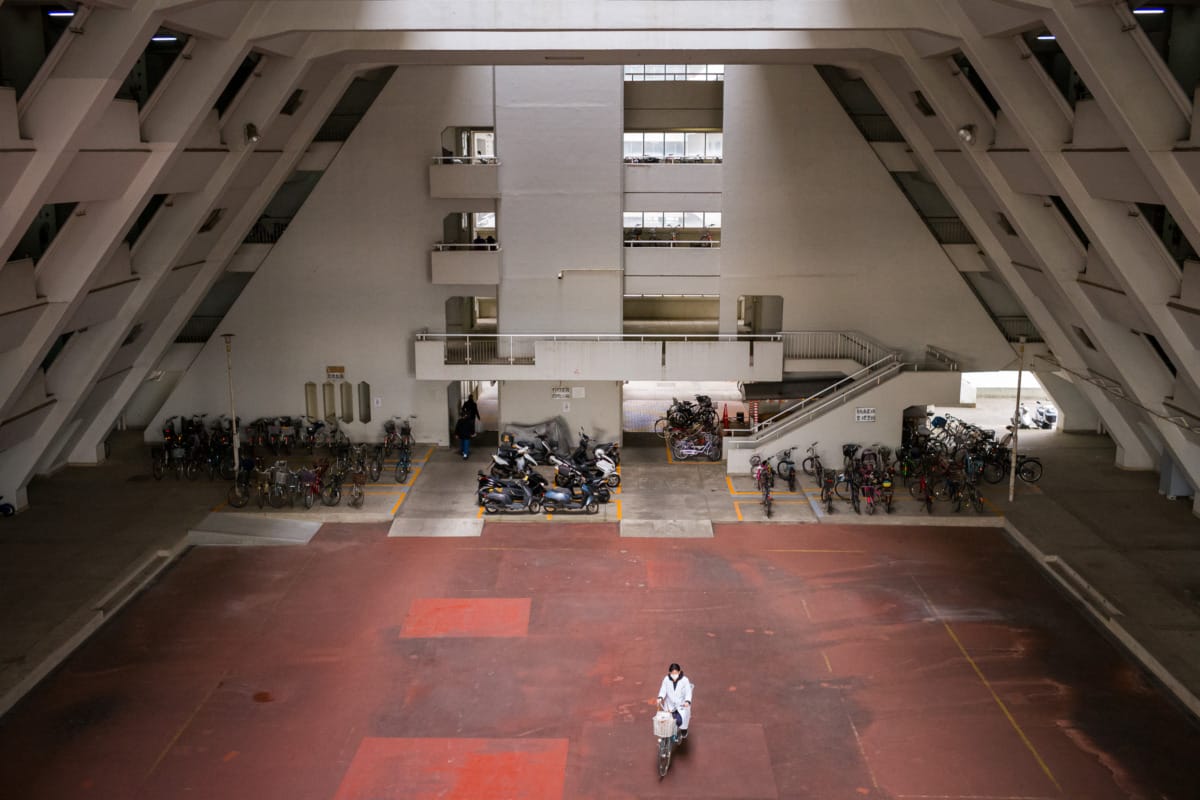
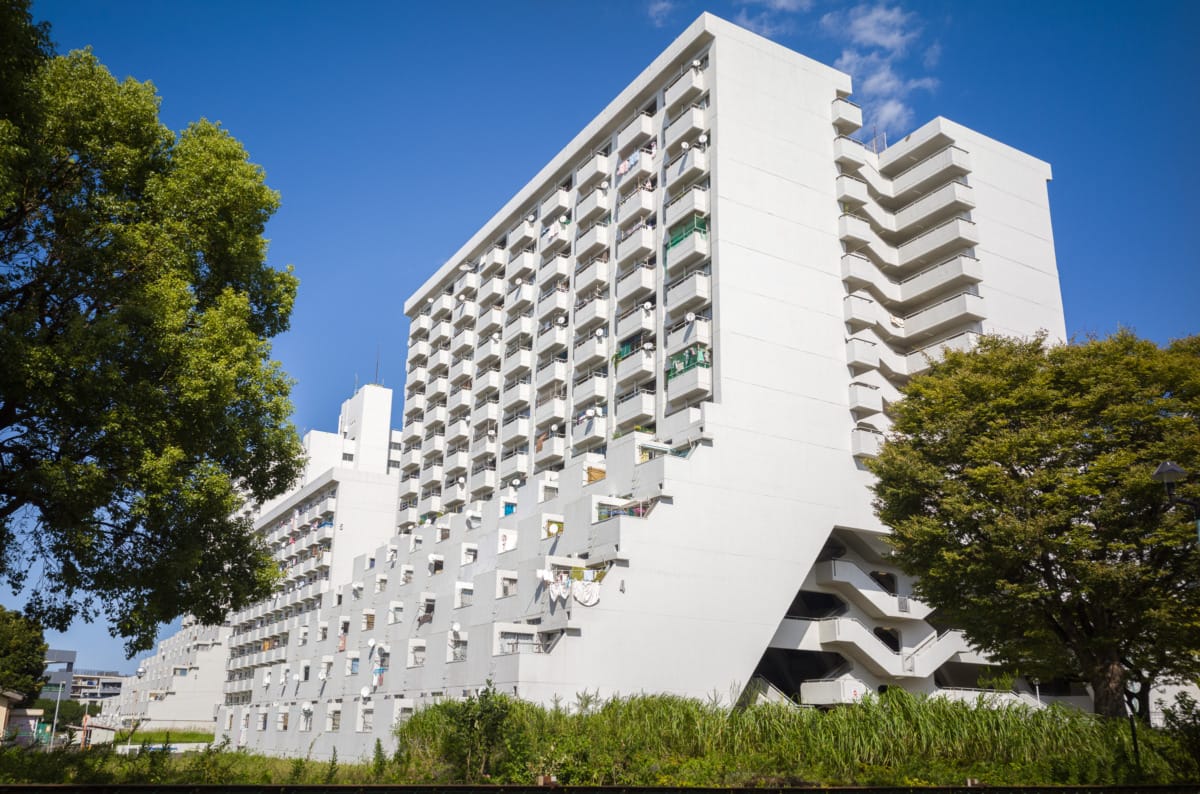
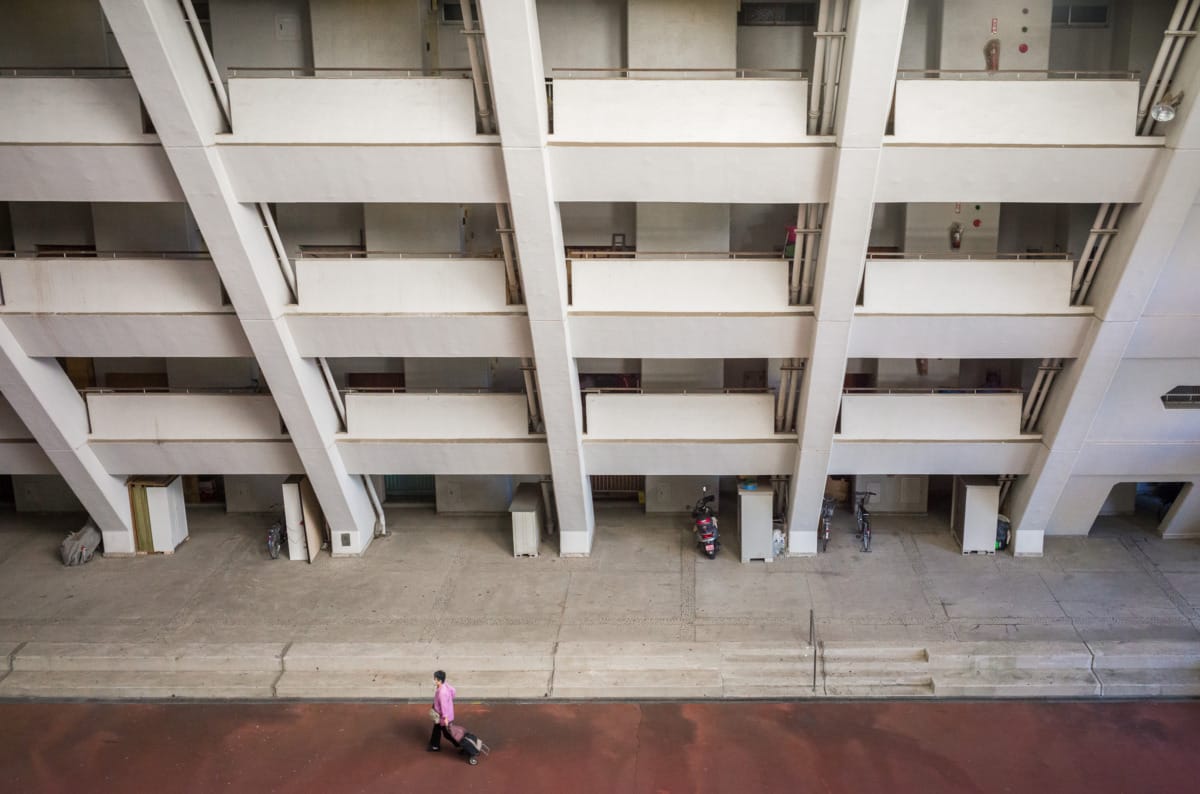
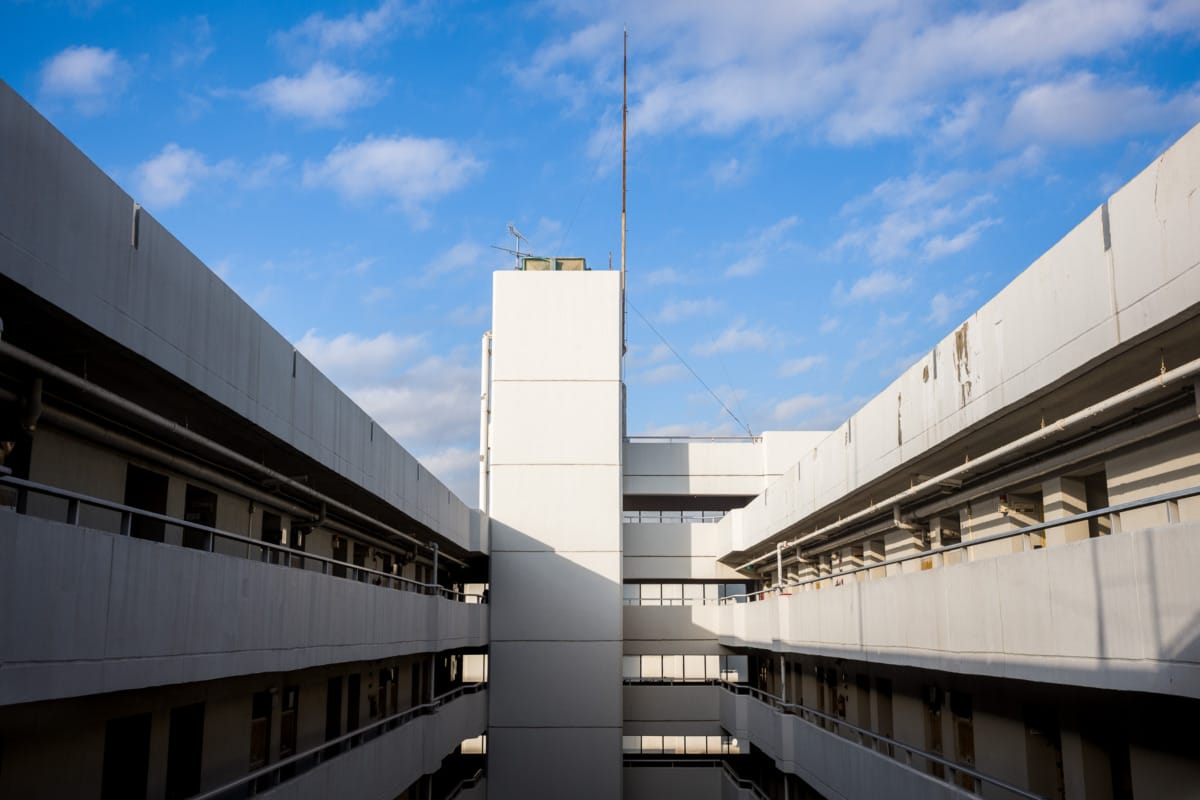
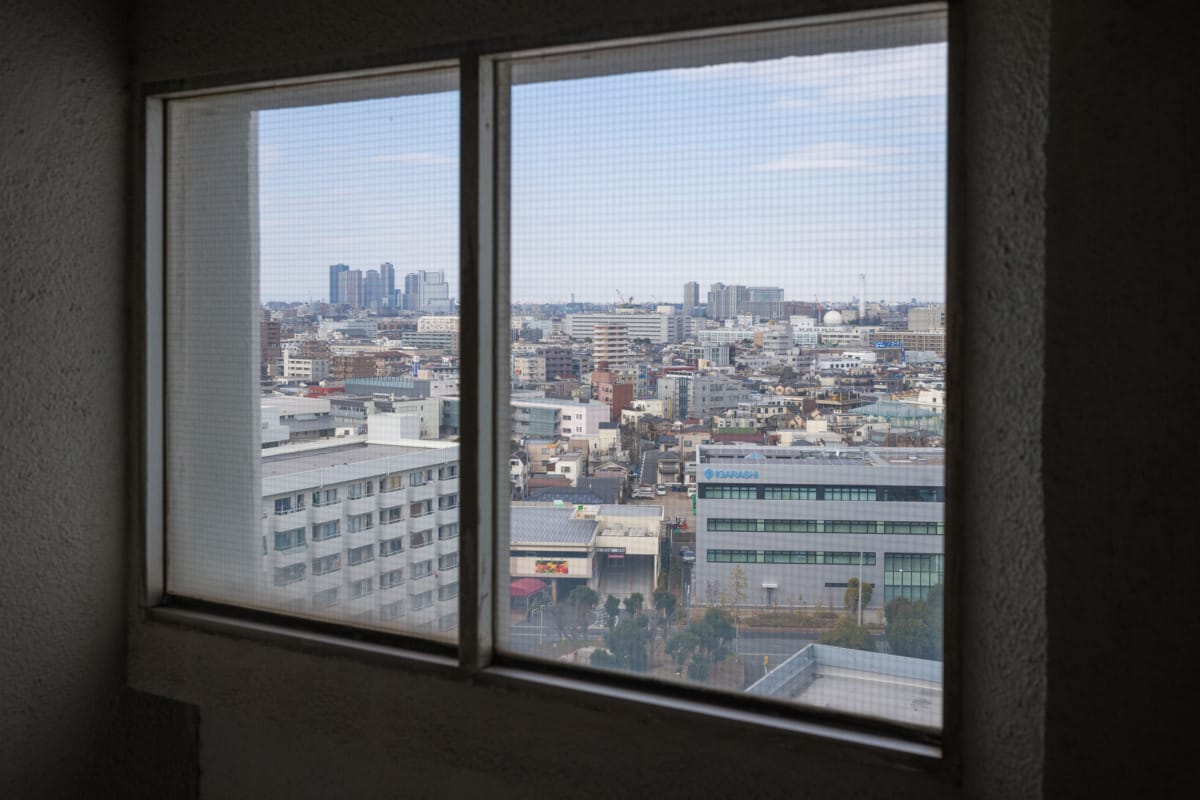
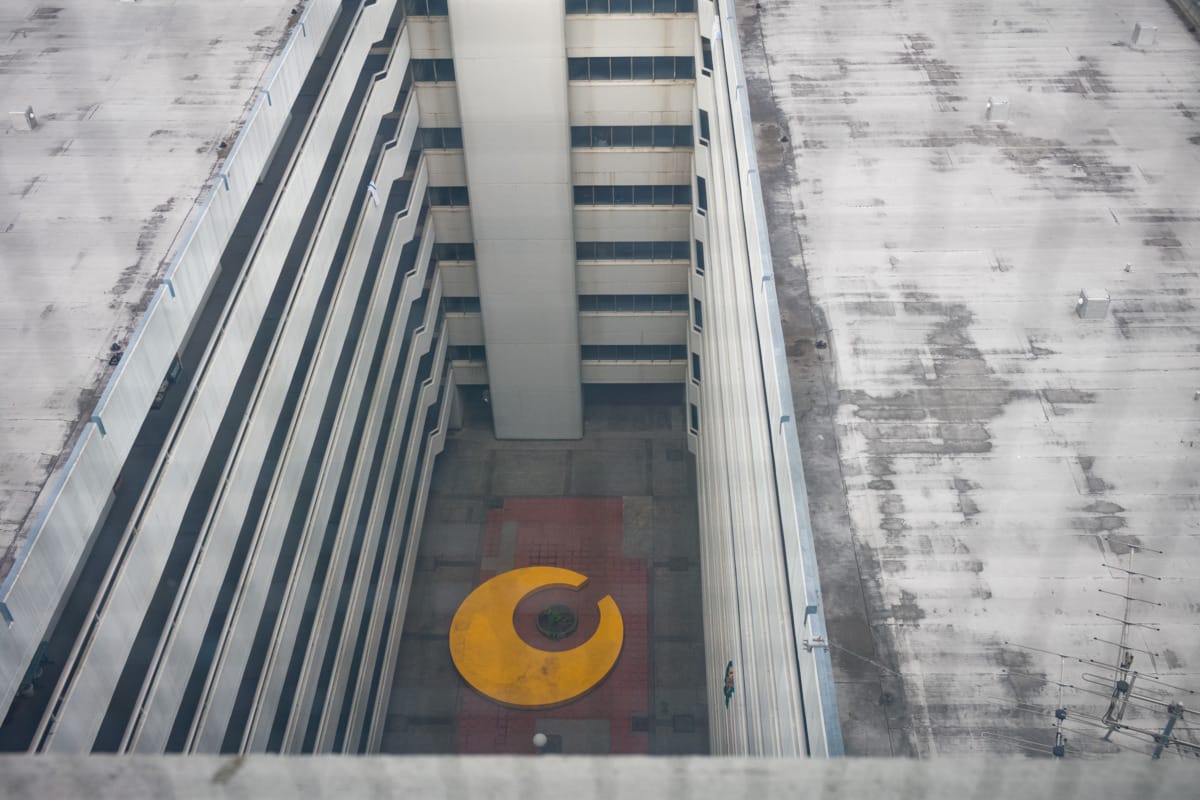
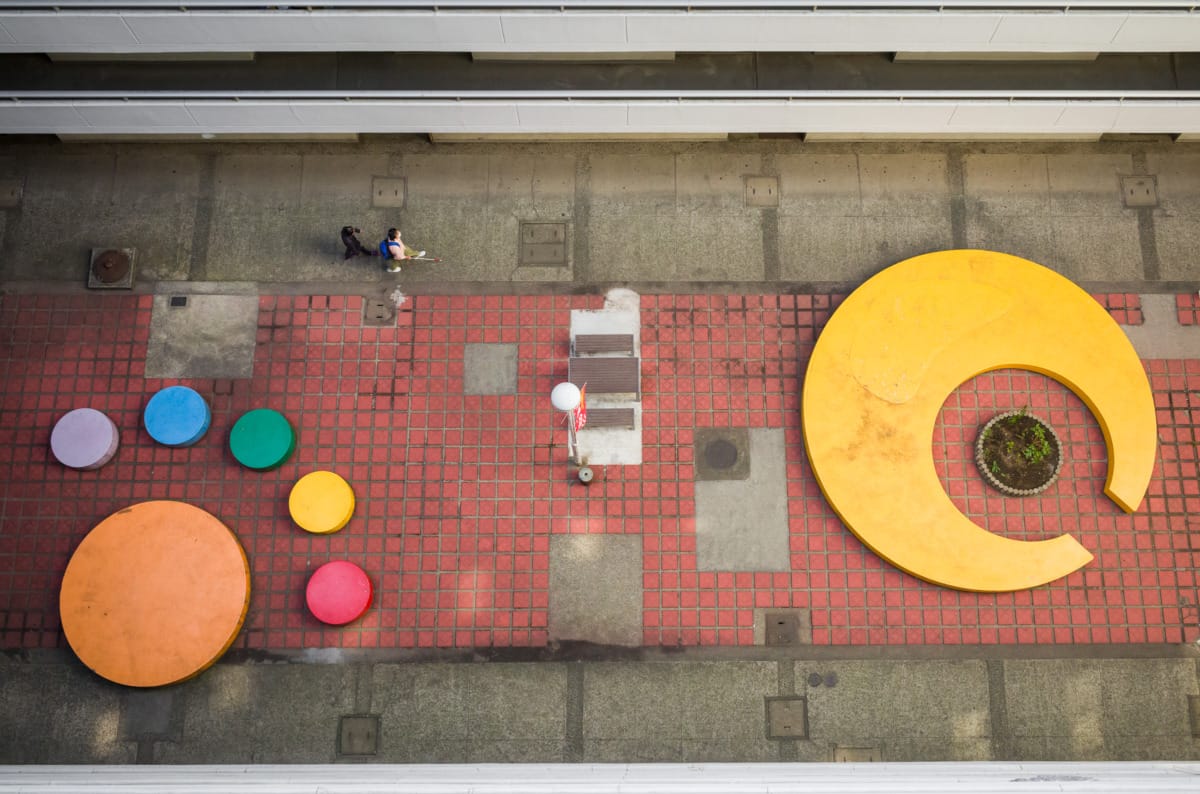
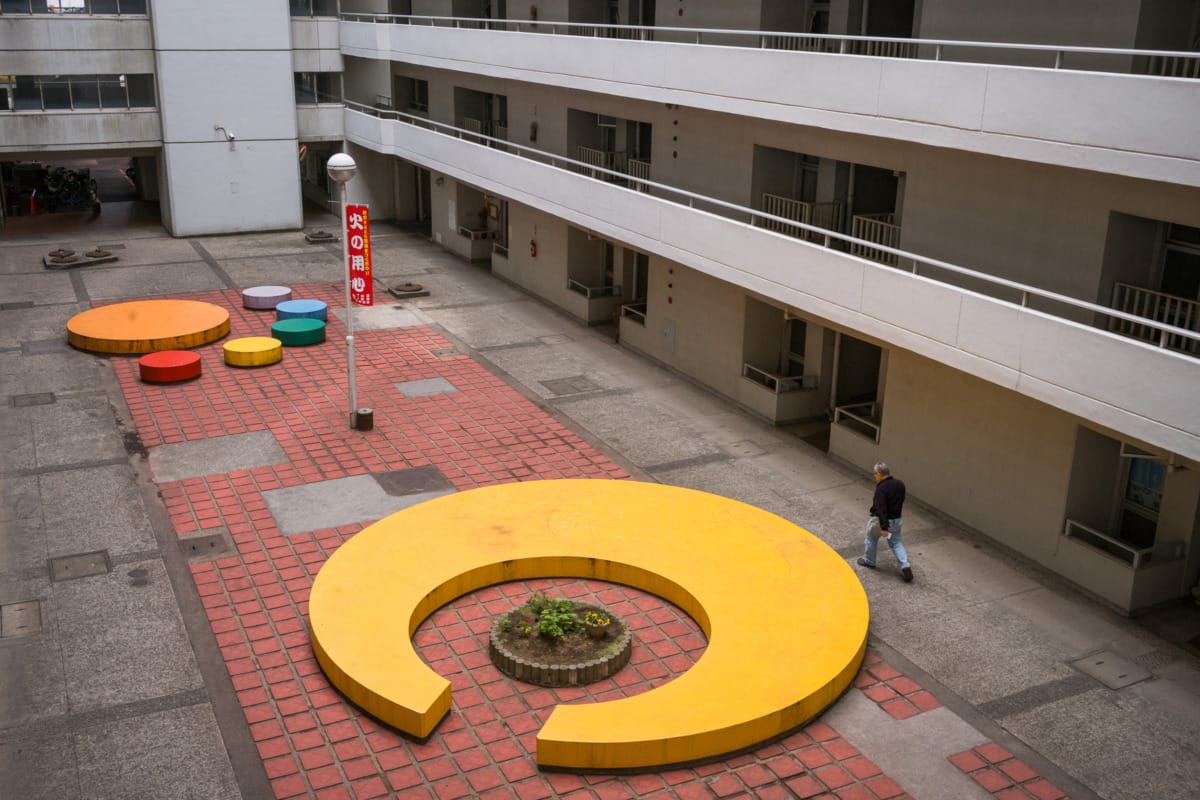
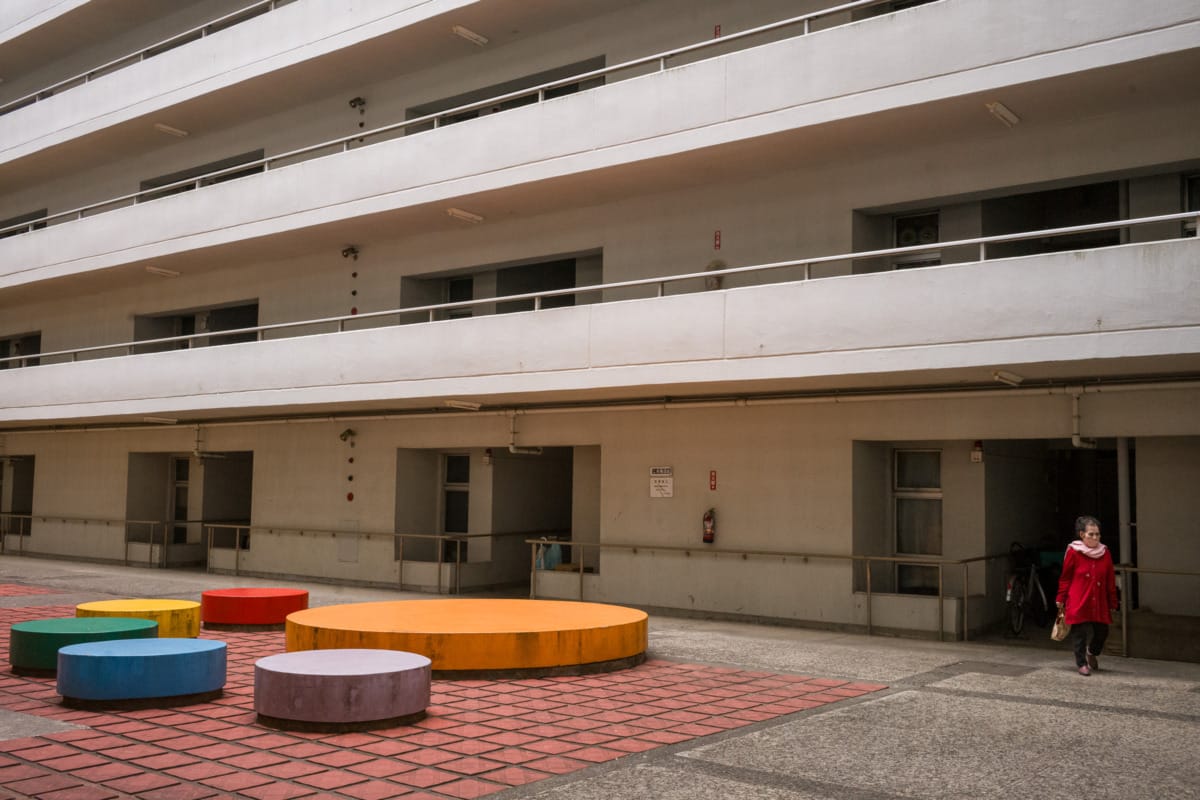
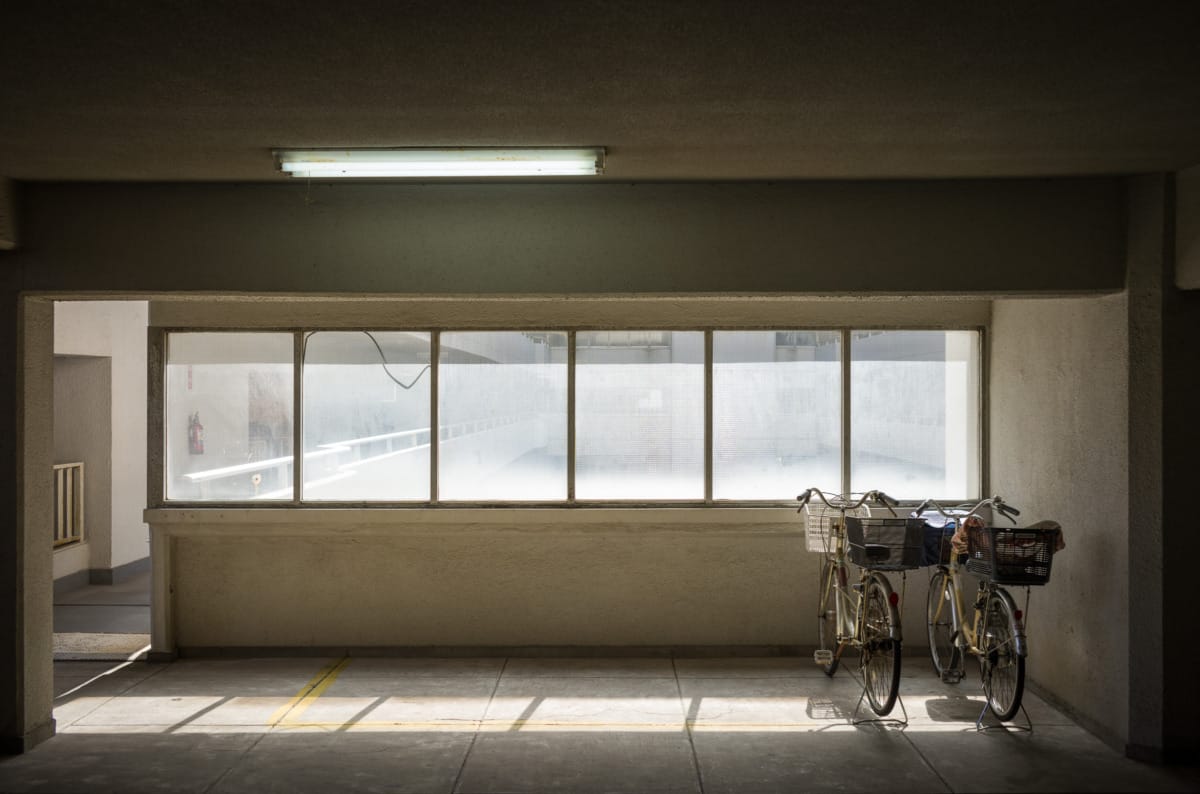
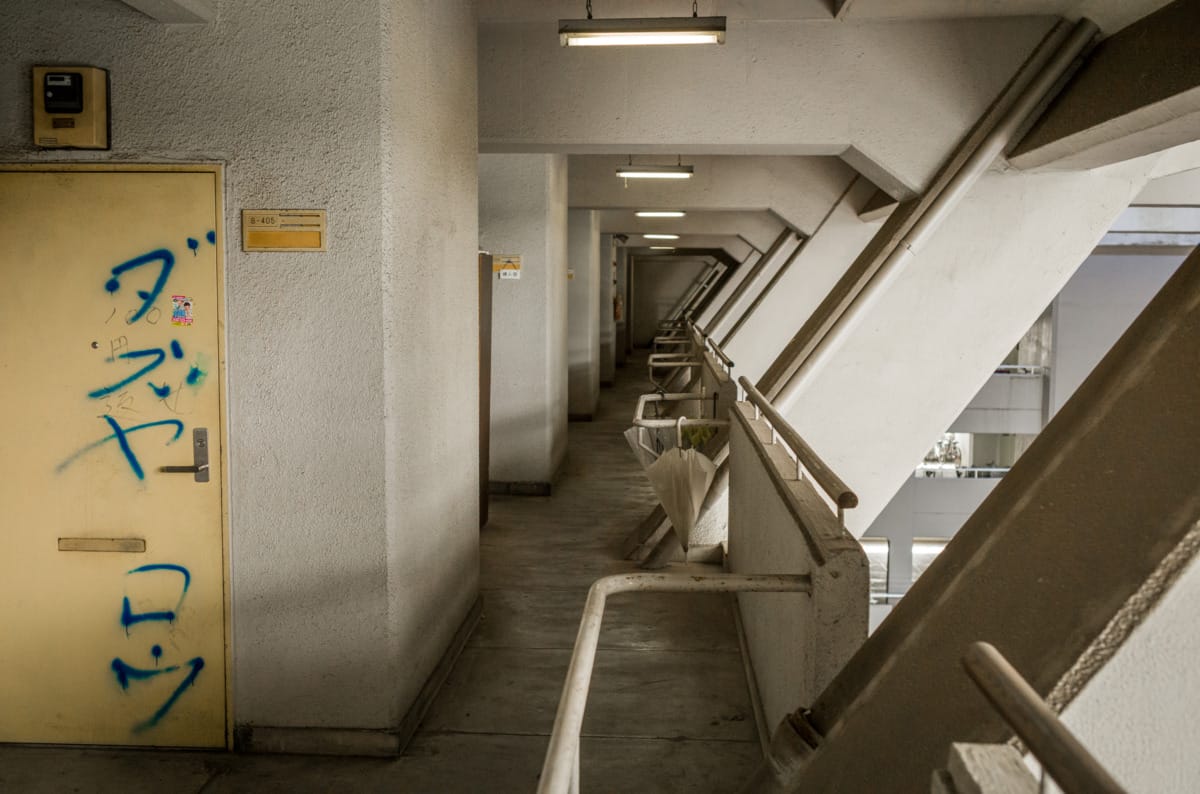
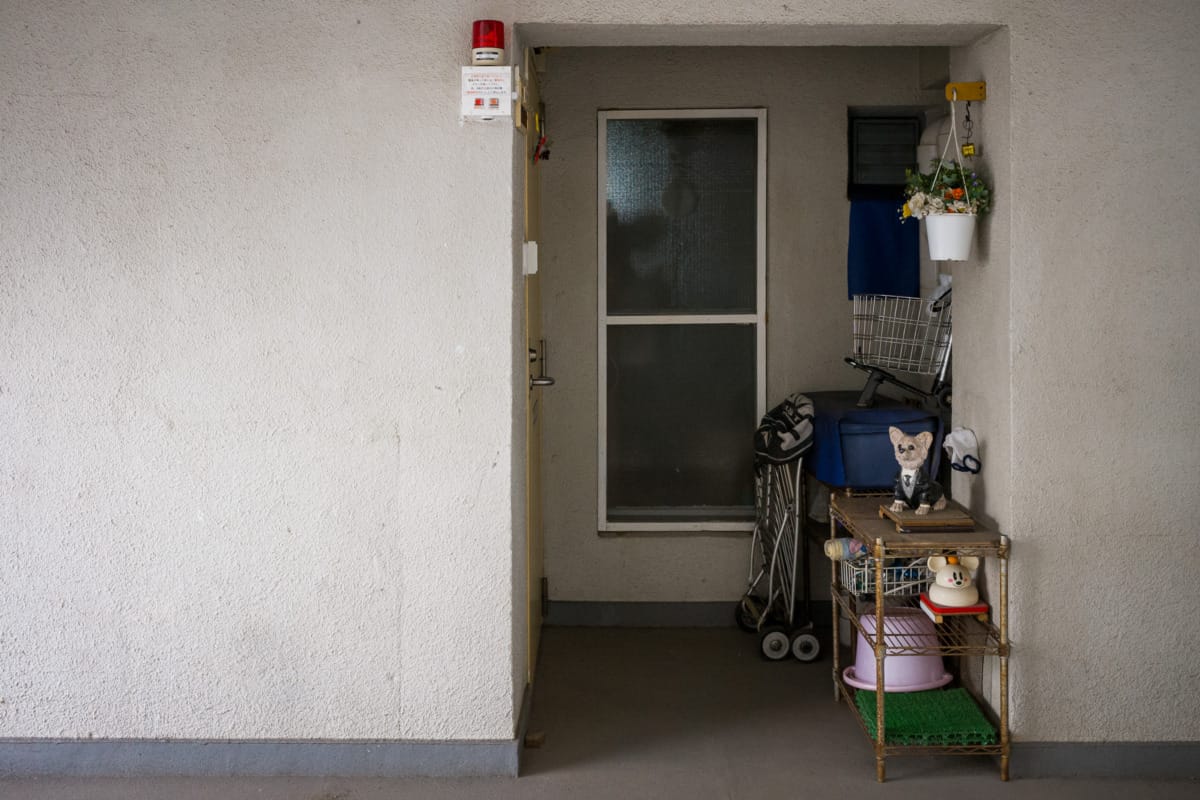
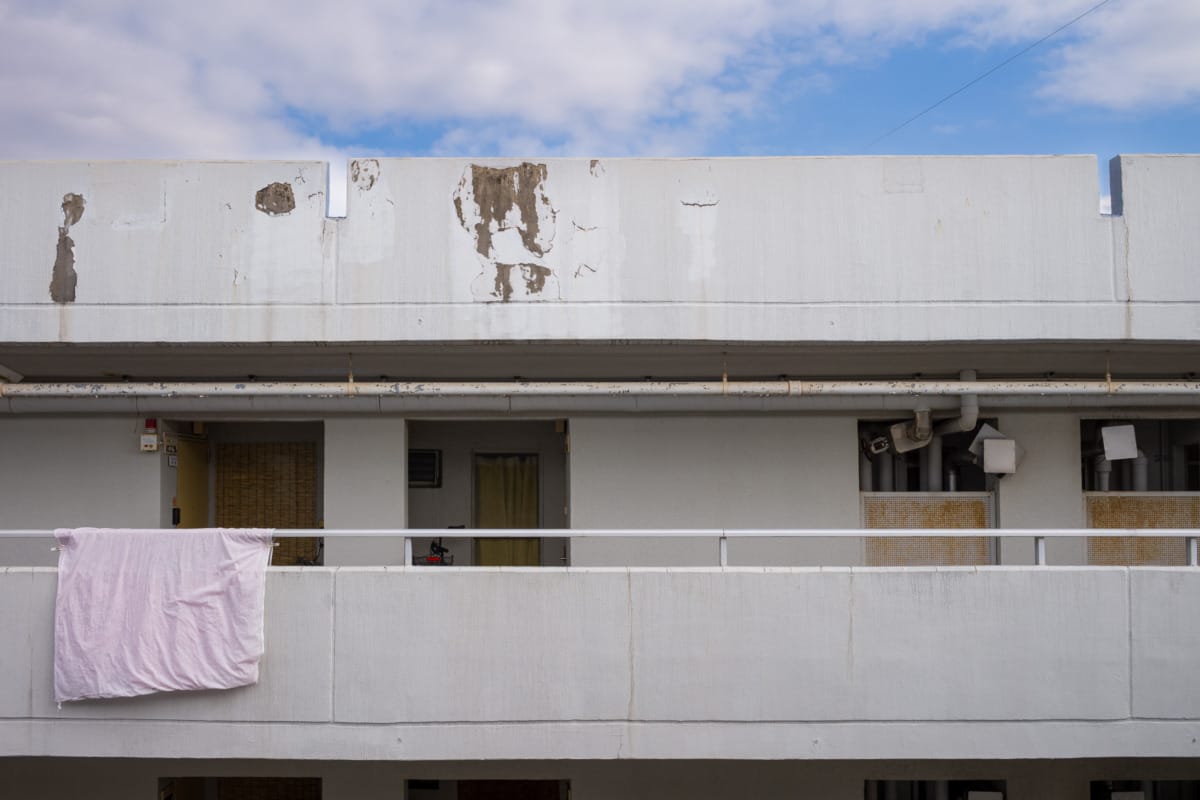
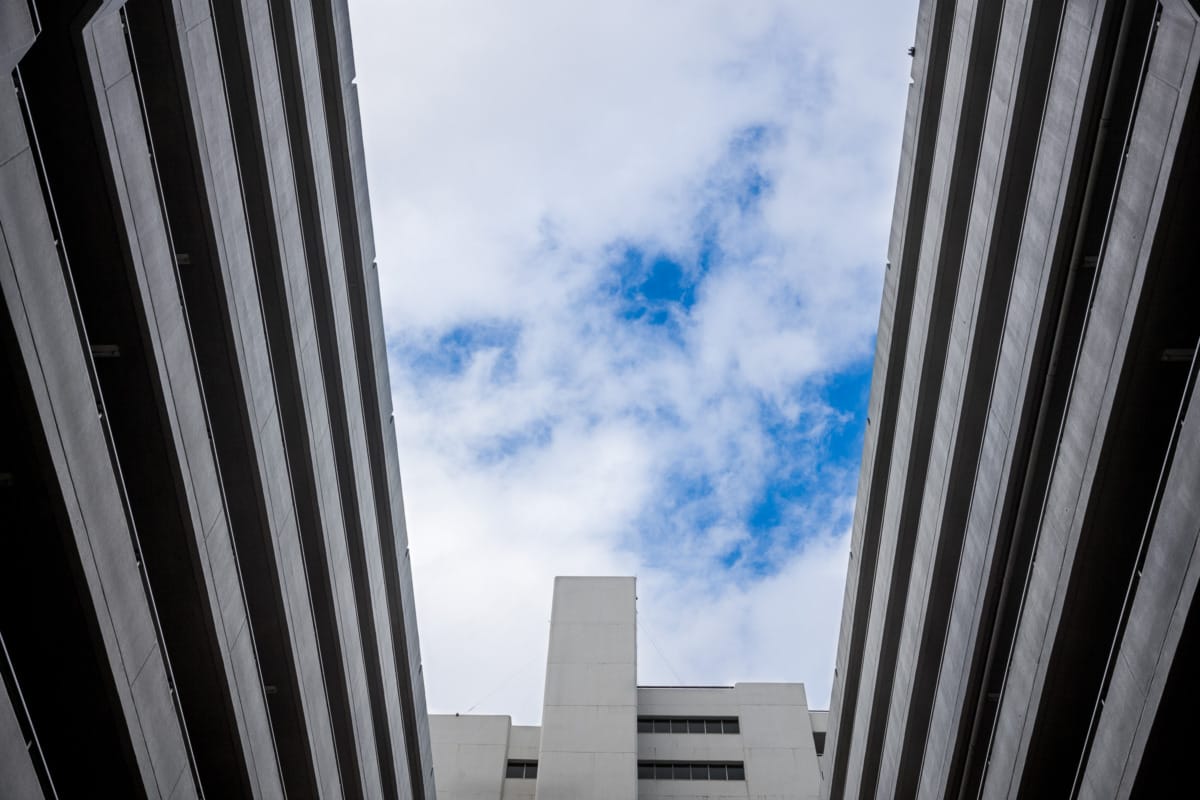
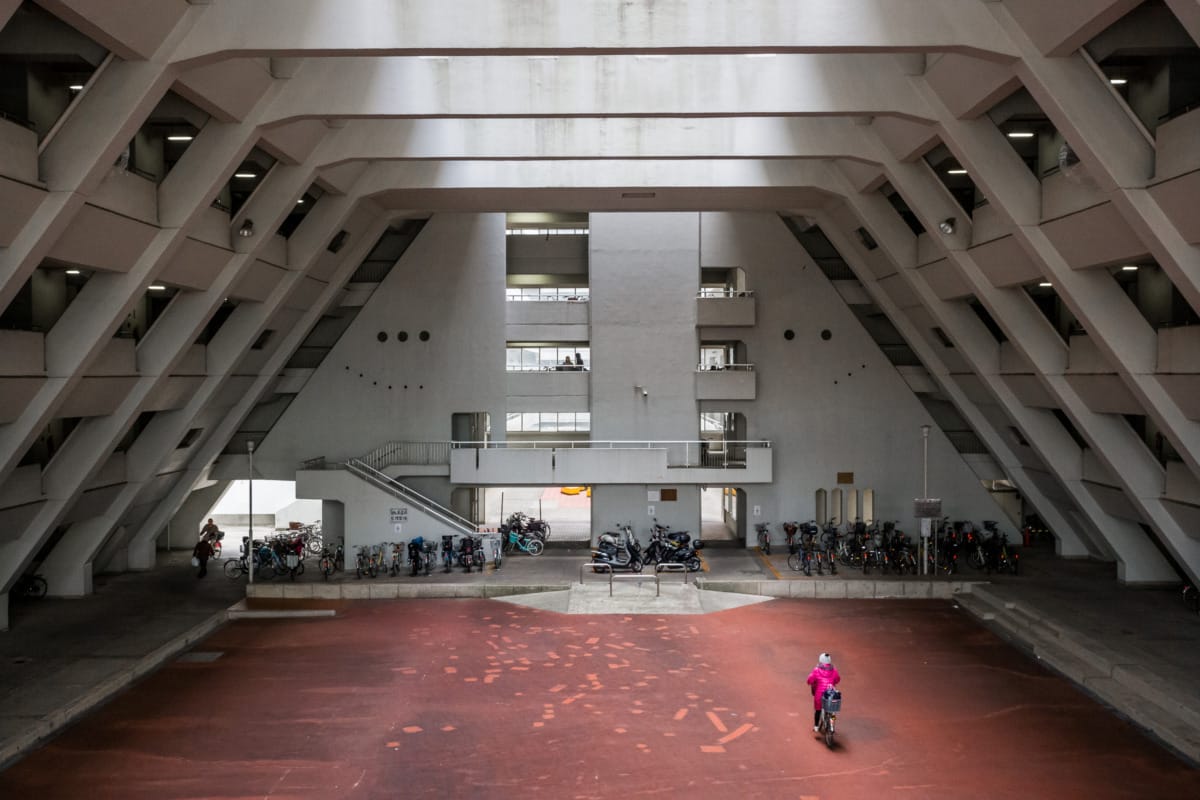
Steve says
Thank you for the background it was super interesting. I’m loving the first shot in particular. It looks very retro futuristic.
Lee says
Thanks, you are very welcome. And yeah, I couldn’t agree more. A very distinctive looking building.
cdilla says
Great to see more photographs from this site. This collection, along with your infromative preface, prompted me to look again at a book on my wishlist and happily see that there is a reasonably priced option.
“The Life We Longed For”: Danchi Housing and the Middle Class Dream in Postwar Japan
Laura Neitzel owes you a commission on a sale 🙂
Lee says
Thanks. Definitely a place I’m happy to return to. A truly fascinating complex and unlike any other I’ve seen.
That book sounds very interesting. Danchi don’t get the recognition they deserve I reckon. Be good to hear your thoughts after you’ve read it.